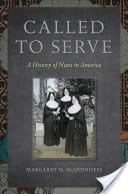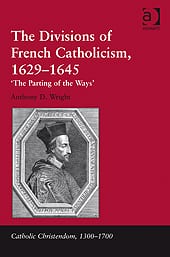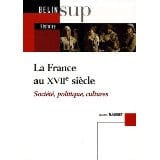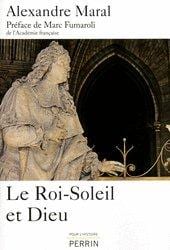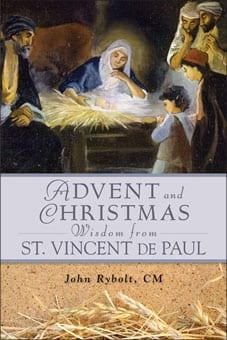Called to Serve: A History of Nuns in America. NYU Press, 2013. ISBN: 0814795560.
277 pages.
By: Margaret M. McGuinness, professor of Religion and Executive Director of the Office of Mission Integration at La Salle University, Philadelphia. She served as co-editor of American Catholic Studies from 2001 until 2013. Her previous publications include: A Catholic Studies Reader and Neighbors and Missionaries: A History of the Sisters of Our Lady of Christian Doctrine.
From the publisher:
For many Americans, nuns and sisters are the face of the Catholic Church. Far more visible than priests, Catholic women religious teach at schools, found hospitals, offer food to the poor, and minister to those in need. Their work has shaped the American Catholic Church throughout its history. Yet despite their high profile, a concise history of American Catholic sisters and nuns has yet to be published. In Called to Serve, Margaret M. McGuinness provides the reader with an overview of the history of Catholic women religious in American life, from the colonial period to the present.
The early years of religious life in the United States found women religious in immigrant communities and on the frontier, teaching, nursing, and caring for marginalized groups. In the second half of the twentieth century, however, the role of women religious began to change. They have fewer members than ever, and their population is aging rapidly. And the method of their ministry is changing as well: rather than merely feeding and clothing the poor, religious sisters are now working to address the social structures that contribute to poverty, fighting what one nun calls “social sin.” In the face of a changing world and shifting priorities, women religious must also struggle to strike a balance between the responsibilities of their faith and the limitations imposed upon them by their church.
Rigorously researched and engagingly written, Called to Serve offers a compelling portrait of Catholic women religious throughout American history.”
This volume makes mention of the contributions of the Daughters of Charity and the Sisters of Charity of St. Joseph.
